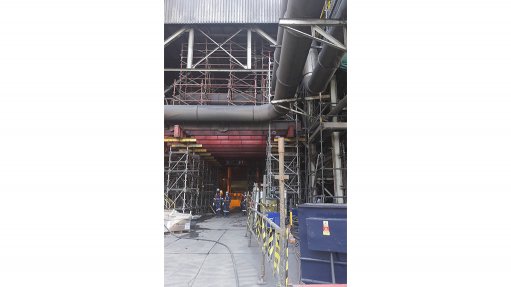
THE END IS ALWAYS CERTAIN Every structure has a limited design life and adequate budgeting must be allowed for to ensure regular maintenance is done to ensure this design life is reached
Asset management company Collaborit has successfully started penetrating the mining and industrial sectors, providing expert solutions and services into the sustainable, proactive management of structural assets such as steel, concrete and masonry.
This includes updates of structural maintenance regimes and standards for many clients; conclusion of multiple life cycle costing and risk studies of ageing plants and industry structures; embedding these interventions in maintenance tactics and enterprise resource planning (ERP); providing expert and specialised engineering, procurement and construction management services in these brownfield structural rehabilitation and life extension programmes; as well as developing digital twins for this asset class.
Civil infrastructure and more specifically structures such as steel, concrete and masonry are core assets that enable optimal efficacy and production to their owners, the company says.
The company highlights that many enterprises have experienced the severe impact of structural failures in the form of human harm, production losses and damage to property.
Many structures have reached the end of their design life – typically 30 years – and need a substantial life extension at inflated costs owing to minimal maintenance done over the assets’ lives.
The South African Occupational Health and Safety Act and prescribed relevant legislation stipulates thatthe misconception exists that structures are designed and constructed to last forever.
In truth, every structure has a limited design life and adequate budgeting must be allowed for – optimally, yearly 2.5% of asset replacement value – to ensure regular maintenance is done to ensure this design life is reached.
Collaborit insists that it is crucial to manage structural integrity to prevent unsafe structures, structural failures and related production losses and damage to property, and to reduce and prevent exponential deterioration that increases risks and costs, thereby ensuring extension of the expected life of structures, besides other factors.
Structural failures such as those caused by corrosion must be prevented through proper scoped projects and interventions.
It is simply insufficient to ignore the problem or initiate limited interventions, like visual inspections/audits and addressing only identified issues. Structural degradation such as corrosion, for example, causes exponential deterioration and increase in risk management and intervention costs.